
Are you looking to fix your underbite and finally enjoy food without painful chewing and mouth breathing? In that case, you should try mewing – an exercise involving the mouth that helps you realign your jaw by fixing your tongue posture.
Get a personalized mewing workout plan which will help you fix your underbite. Start with a quick quiz below!
🔎 Revealed on this page:
- 📝 A comprehensive underbite definition: Causes, symptoms, and possible health concerns
- 📖 How to fix underbite with mewing: A simple technique that will help improve your jawline and facial structure
- 👀 What does mewing help with? Before and after photos of how mewing works to improve severe underbite!
Interested?
Let’s see how it works!
What Is an Underbite?
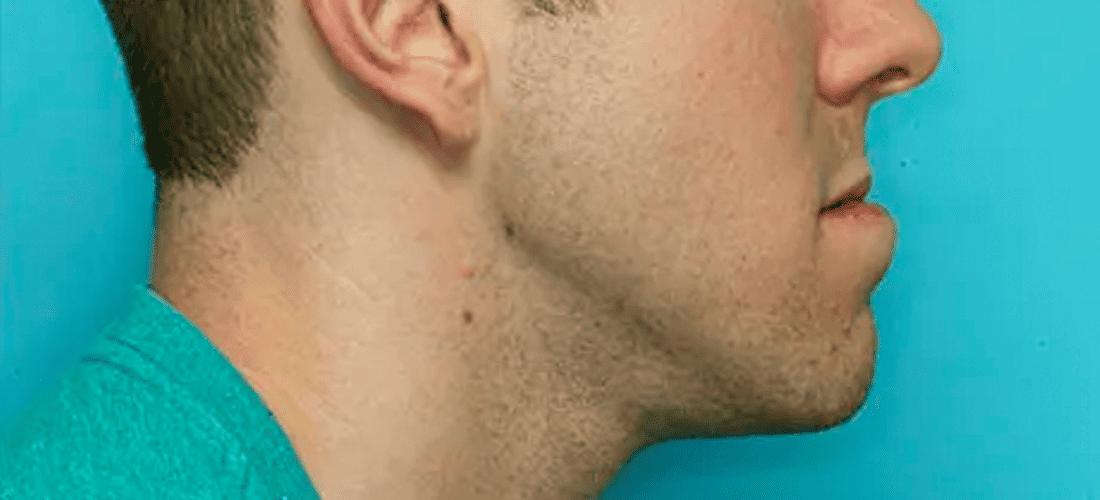
An underbite or Class III malocclusion is when your lower teeth sit more forward than your upper teeth. It happens as a result of misaligned jaws.
There are different levels of an underbite. A minor case of malocclusion can be imperceptible to other people. In severe cases, the lower jaw can visibly protrude outward and beyond the upper jaw.
The level of severity can make some daily activities difficult and make you feel self-conscious about your appearance. However, it can also be the cause of other health conditions such as jaw pain, mouth breathing, sleep apnea, and speech impediments.
Causes of Underbite
Underbite can occur as a result of:
Genetics
An underbite is a hereditary condition that you likely inherited from your parents or a relative. If there is another family member with malocclusion, it means that it is a genetic condition.
Injury to upper teeth and jaw
Physical injury to the jaw can cause it to break, leading to misalignment. If jaw surgery doesn’t help the bone heal properly, it can cause an underbite.
Childhood Habits like Mouth Breathing
Extreme and prolonged thumb sucking, pacifier use, and bottle feeding can cause the jaw to change shape. These things are normally associated with little children and are not a cause for concern if done in moderation.
Tumor
Jaw tumors and cysts can vary in size. Larger ones can displace or even destroy surrounding tissue, causing jaw misalignment. Over time, this can lead to an underbite or another form of malocclusion.
What Age Should You Check for and Fix an Underbite?
It is important to address this condition as soon as you notice the onset of an underbite, especially in children. Starting treatment early is key to managing the level of malocclusion and preventing severe cases.
The American Association of Orthodontists recommends that children see an orthodontic specialist before the age of 7 to discover any functional shifts and crossbites. The bones are still growing and forming at a young age, and early orthodontic treatment can be more effective.
Depending on the severity of the malocclusion, there is a range of treatment options for adults as well. Mewing has proven to help deal with issues relating to upper and lower jaws by improving your tongue posture.
First off, what is Mewing?

Mewing, or orthotropics, is a set of do-it-yourself exercises created by British orthodontist John Mew. It is a natural, nonsurgical way of treatment of different conditions in the mouth and facial area.
Mewing is the practice of proper tongue posture by placing the tongue on the roof of the mouth without touching the front teeth and lifting the posterior third of the tongue to allow nasal breathing.
Correct tongue placement helps to keep the jaws well aligned, opens the airways, and strengthens the jaw muscles. The mewing long-term benefits include resolving various health issues, such as sleep apnea or temporomandibular joint disorder.
Proper tongue position opens the airways and reduces the chances of breathing problems that lead to mouth breathing and heavy snoring. It will alleviate jaw pain and TMJ-related aches.
In most cases, mewing is done for cosmetic reasons. Tongue posture exercises can help improve a receding chin or double chin and define the jawline. It is a growing movement popular among wellness professionals as it offers an alternative to corrective jaw surgery. For the full Mewing 101, head to our blog.
Underbite Treatment with Mewing
Considering mewing but don’t know where to start? The Mewing.coach app is designed to guide you on your journey to improvement every step of the way.
It is advisable to do the quiz first and to answer the questions as the data collected is used to create a personalized plan of exercises just for you!
It will take into account your:
- age
- face shape
- health and aesthetic concerns
- bite type
- personal goals.
There is video guidance for proper tongue alignment and a feature that will help you track your progress along the way. The daily in-app reminders will aid you in turning mewing into a habit. All in all Mewing.coach is your personal mewing exercise step-by-step guide to achieving desired results!
How Reliable Is Mewing?
Is mewing fake? Long years of practice and relevant experience show that mewing is very much real and effective in dealing with issues related to the face, throat, and neck. You can find a multitude of positive experiences shared on social media.
There is no scientific evidence of the effects of mewing. Still, the medical community is becoming increasingly interested in this technique and its benefits. You can always read Prof. John Mew’s The “Tropic” Premise on proper jaw alignment that accentuates the benefits of mewing in children and younger adults.
Mewing and Teeth Alignment
If you want to straighten out your pearly whites, you may be asking yourself, “can mewing make your teeth straight“?
Practicing mewing will tackle the source behind underbite and misaligned upper and lower teeth. The specially designed exercises strengthen the facial muscles in the jaw and neck area, granting you more control over your lower jaw and pushing the upper jaw forward.
Resting the tongue on the upper jaw expands the maxilla, allowing more space for your teeth. It will make a place for crooked teeth to arrange in line and improve overall facial symmetry.
Mewing and Overbite
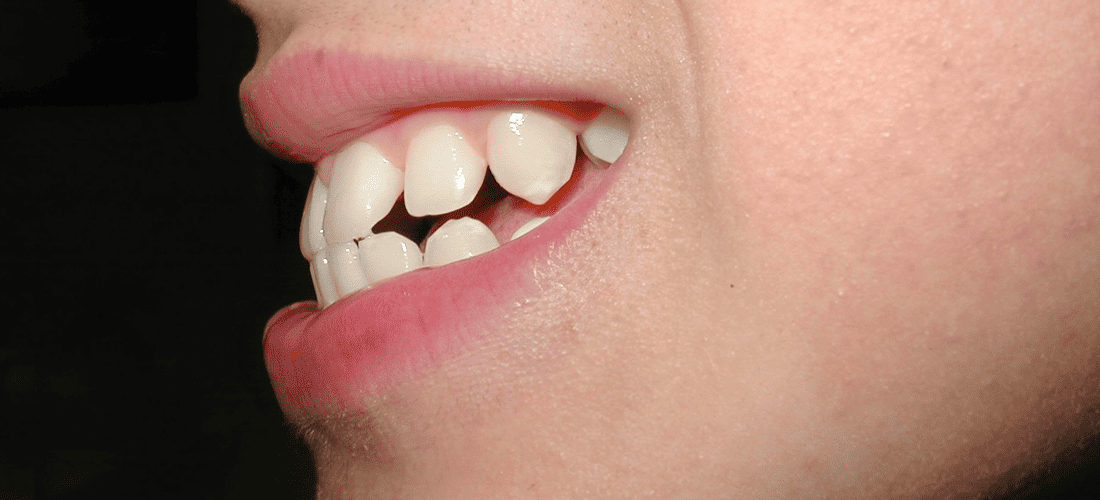
Can mewing correct overbite? Without a doubt, it can! Mewing helps relieve the symptoms of all problems regarding your bite and misaligned teeth. By strengthening the facial muscles, you get more power to push the jaw forward and align the upper and lower teeth.
Also, people practice mewing with crossbite and open bite problems as it is a unique way of improving jaw position and movement without jaw surgery.
Mewing and Bruxism
Can mewing fix bruxism? Let’s answer this by going into more detail.
Teeth grinding or bruxism is caused by misaligned jaws and bite problems. Mewing addresses jaw issues first, leading to the resolution of many other health issues – including bruxism.
With proper jaw alignment, the chances of having your teeth clash and chip are largely reduced. Also, learning the correct mewing teeth position will help with all types of bite problems and, consequently, bruxism.
Mewing and Braces
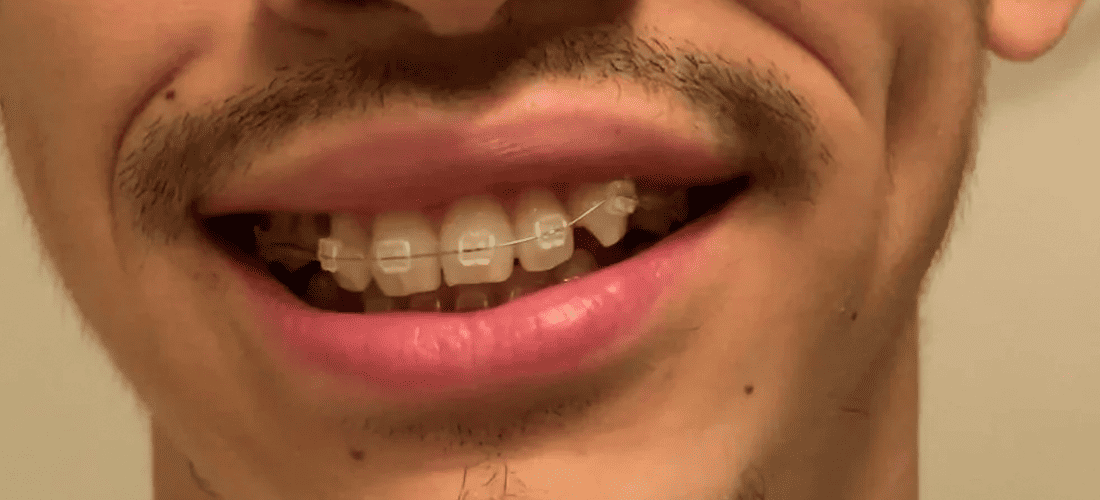
You can practice mewing with braces on because it doesn’t interfere with maintaining proper tongue posture. You may experience discomfort if your tongue touches metallic braces constantly, but that should not stop you from following the workout routine designed by Mewing.coach.
Mewing Results: Before and After Underbite
You can see jaw-dropping mewing transformations achieved by the proponents of this technique and the results of correct tongue posture. Check out the photos below:
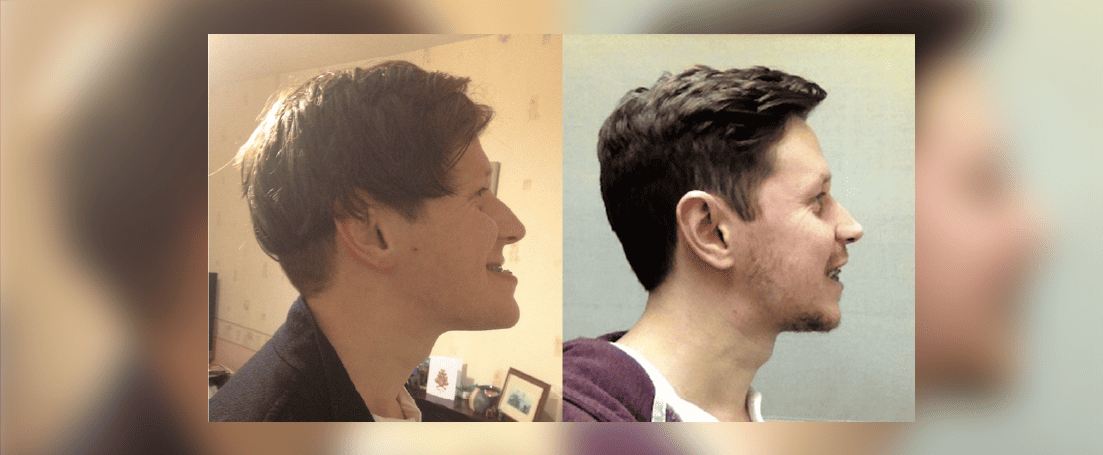
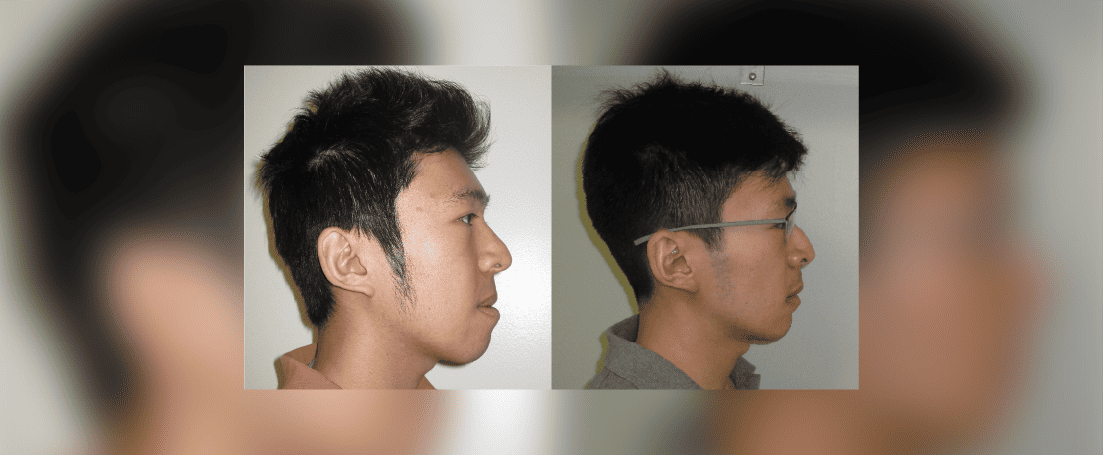
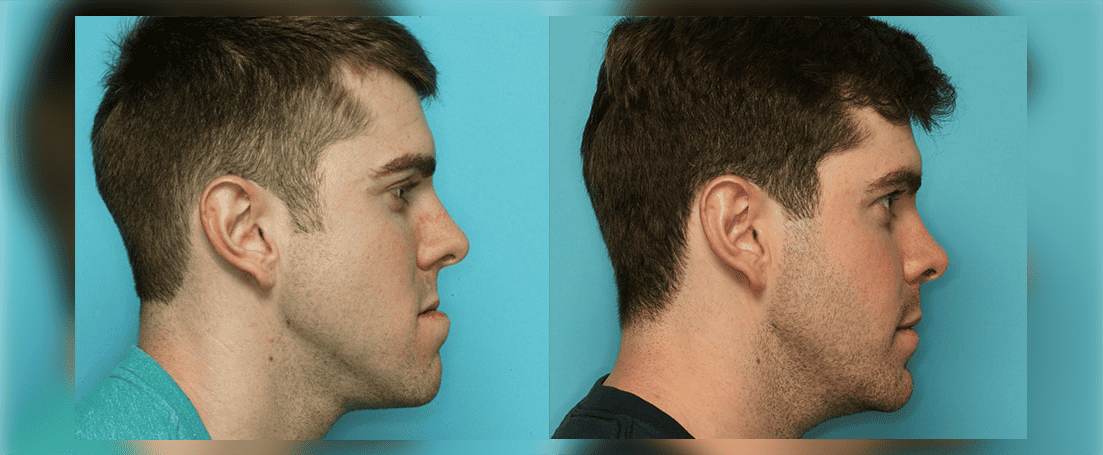
How Long Does It Take to Get Rid of Underbite While Mewing
Mewing requires persistence and everyday practice of the technique to achieve the desired outcome. With some aesthetic or health issues, it can take longer to see results depending on age and the severity of the condition.
More immediate results are achieved in children and pre-teens when dealing with types of bite problems.
How to Prevent Underbite Recurrence
Turn mewing into a life-long practice and adopt the resting tongue position as a natural way of placing your tongue. You will be able to retain the results of mewing and enjoy the new and improved you forever!
Avoid these mewing mistakes, and you’ll never see your underbite return.
Other Underbite Treatments
Different treatments for underbite and bite problems can add to the success of the mewing underbite exercises:
Braces
Braces and elastics are popular ways to help align your teeth. You will need to wear them for several years, but braces can help fix all bite issues. Plus, they are a great addition to mewing!
Clear Aligners
Clear aligners are custom-molded to fit tightly over your teeth. They can be removed when eating and have become a more popular alternative to braces because of other comfort and aesthetic advantages.
Reverse-pull Face Mask
The reverse-pull face mask is recommended for children under 10 as it is effective before bones in the head become fused. It wraps around the chin and pulls the jaw upwards and backward.
Teeth Extraction
In cases of a crowded jaw, it is recommended to extract teeth to create more space for them to be pulled back by other underbite treatments.
Reshaping Teeth
Reshaping and bonding teeth can downsize them so as not to protrude over the upper jaw. Also, dental crowns can be used to modify teeth’ shape to fall into place and not cause bite problems.



